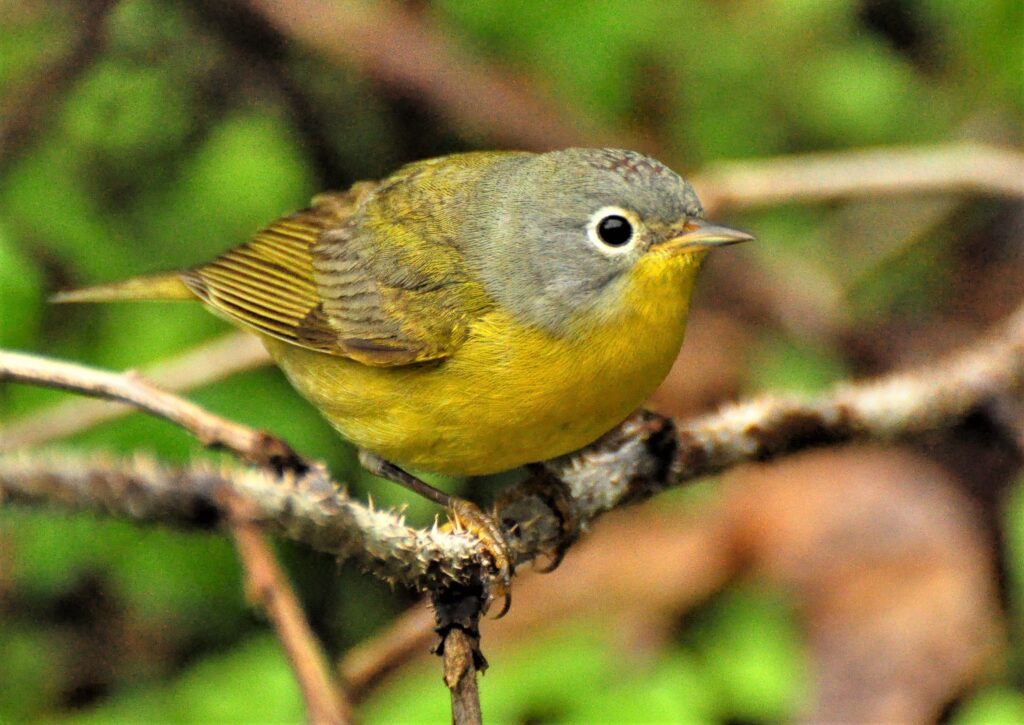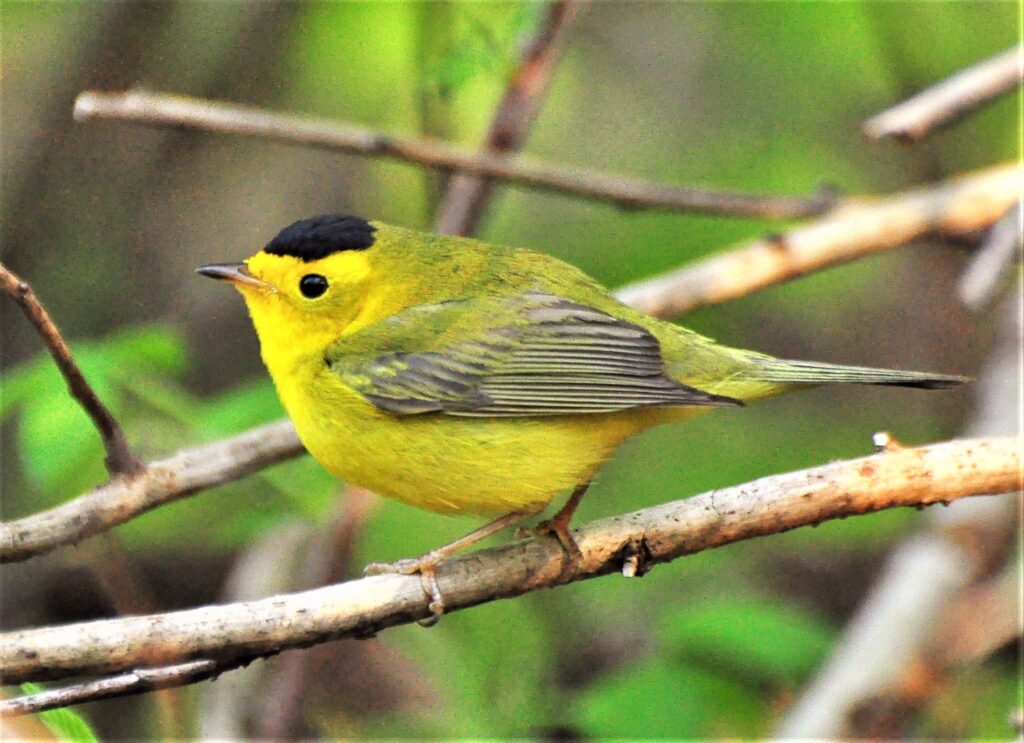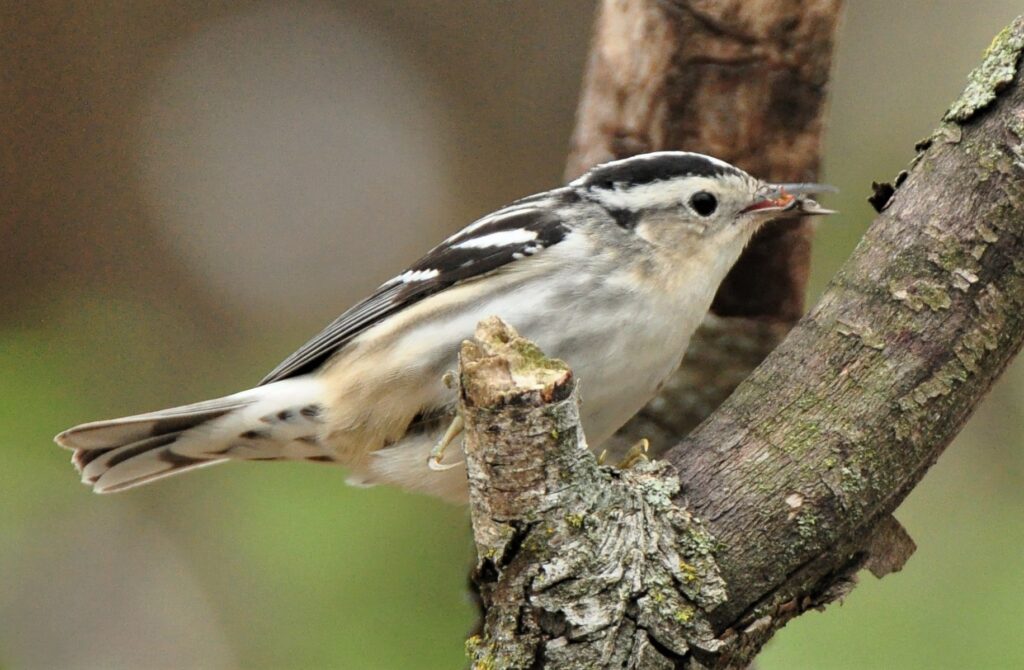Photography courtesy of Lowell Washburn, all rights reserved.
The fall bird migrations are one of the Iowa outdoors most amazing miracles. Feathered travelers come in all shapes and sizes, but for many Iowa birding enthusiasts, few events are more anticipated than the autumn passage of the bird grouping known as wood warblers. The migratory flights begin arriving in Iowa during August and reach their annual peak in September. By the time it concludes, the flight will literally have contained millions of warblers representing nearly 30 individual species.
But although autumn warblers may become briefly plentiful, no other grouping of birds is more difficult to accurately identify. Even when warblers are bedecked in their finest spring plumage, making rock solid identifications can be frustrating. During the fall migration, the challenge becomes even greater when those same species arrive in their comparatively nondescript juvenile or autumn plumages. This is especially true on days when you only obtain split second glimpses as foraging birds dart in and out of heavy cover. Fortunately, identifying warblers may not be as tough as you think. Here are some basic clues that can help determine which species you are currently viewing.
Warblers are divided into two distinct categories – those with wing bars, and those without wing bars. Once you determine if the bird you’re trying to identify does or does not have wing bars, you’ve immediately eliminated about half of the incorrect choices.
During fall migration, most warblers are cloaked in subdued tones of brown, gray, yellow, and olive. When colors are drab, the best clues to identification will come from plumage patterns or other distinctive markings such as eye rings, throat bibs, or tail spots. For example, if your warbler lacks wings bars but has distinctive yellow or orangish spots on its wings, sides, and tail; then the bird is an American redstart. With that set of key markings, there is no other possibility.

If the bird lacks wing bars but has a white eye ring, bluish-gray head, and bright yellow throat; it’s a Nashville warbler. That combination of keys is unique to that species; there is no other bird that could fit that description.

If the bird lacks wing bars and is bedecked in olive-yellow plumage and sports a distinct black cap, then it is a Wilson’s warbler. Nothing else will match that description.

If the bird has contrasting black and white plumage with a bold white stripe running across it crown – then the bird cannot be anything but a black and white warbler. See how easy it can be?

Although many warbler species may be more difficult to identify, they are certainly not impossible. Don’t worry about getting them all; almost nobody does. You don’t need to be a trained expert to have fun watching wild birds. You just need to be there.

 Tom Cope
Tom Cope Sue Wilkinson
Sue Wilkinson Susan Judkins Josten
Susan Judkins Josten Rudi Roeslein
Rudi Roeslein Elyssa McFarland
Elyssa McFarland Mark Langgin
Mark Langgin Adam Janke
Adam Janke Joe Henry
Joe Henry Kristin Ashenbrenner
Kristin Ashenbrenner Joe Wilkinson
Joe Wilkinson Dr. Tammy Mildenstein
Dr. Tammy Mildenstein Sean McMahon
Sean McMahon